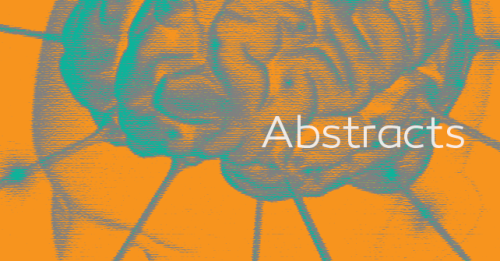National Trends for Reoperation in Older Patients with Glioblastoma.
Abstract
BACKGROUND:
Despite multimodal therapies extending patient survival, glioblastoma (GBM) recurrence is all but a certainty. To date, there are few single-center studies of reoperations. Our study aimed to assess GBM reoperation trends nationally in older patients, with emphasis on outcomes.
METHODS:
The linked Surveillance, Epidemiology, and End Results (SEER)-Medicare database was searched to identify patients 66 years and older with GBM from 1997 to 2010. The primary outcome was survival after diagnosis. Kaplan-Meier curves and multivariate analysis with proportional hazard ratios were used.
RESULTS:
Three thousand nine hundred sixty-three patients with recurrent GBM who initially received a surgical resection were identified (mean age = 74.7 years). Four hundred ninety-six (12%) of the patients with recurrent GBM underwent at least one reoperation at an average of 7.2 months after the initial diagnosis. Reoperation increased survival in patients compared with those who did not have surgical resection (12 vs. 5 months; P < 0.0001; hazard ratio [HR] = 0.666). Within the reoperated cohort, gross total resection improved median survival over subtotal resection (HR = 0.779). Two or more reoperations upon GBM recurrence improved survival to 17 months (P = 0.002). The overall complication rate was 21.7% in the initial resection-only group, versus 20.4% in the 1-reoperation group and 25.3% in the 2-reoperation group.
CONCLUSIONS:
Although definitive conclusions cannot be made given the lack of granularity, our national database study supports gross total resection as the initial treatment of choice, followed by reoperation at the time of recurrence, if tolerated, even in older patients.
Copyright © 2018 Elsevier Inc. All rights reserved.
KEYWORDS:
GBM; Glioblastoma; Outcomes; Recurrence; Reoperation; SEER Database
Comment in
- PMID:
- 29427817
- DOI:
- 10.1016/j.wneu.2018.01.211

